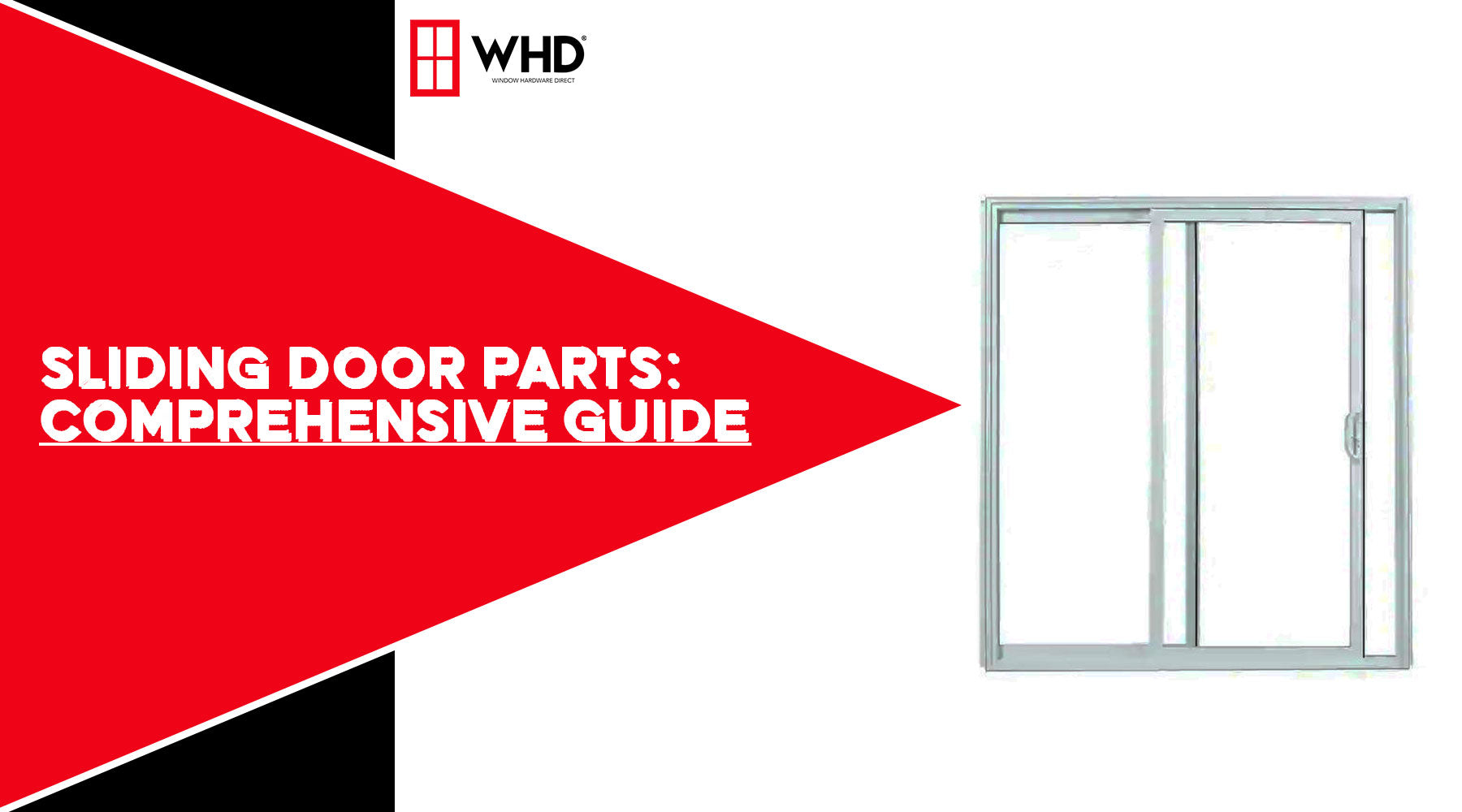
Exploring the Essentials: A Comprehensive Guide to Sliding Door Parts
Sliding doors have become a popular choice for homes and businesses alike, offering a seamless transition between indoor and outdoor spaces while saving valuable floor space. However, like any other mechanical component, sliding doors require regular maintenance and occasional repairs. Understanding the essential sliding door parts is crucial for ensuring your doors function smoothly and efficiently.
In this comprehensive guide, we'll explore the key components of sliding doors and their roles in ensuring a hassle-free experience.
-
Track and Rollers
The track and rollers are the foundation of a sliding door system. The track is usually installed on the floor and provides a smooth surface for the door to glide along. Rollers, typically attached to the bottom of the door, ride within the track, allowing for effortless movement.
Proper maintenance of the track and rollers is essential to prevent issues like misalignment or jamming. Clean the track regularly to remove dirt and debris that can obstruct the door's movement, and lubricate the rollers to ensure smooth operation.

-
Handles and Locks
Sliding doors come equipped with handles for ease of use and locks for security. Handles are available in various styles, from traditional to modern, and can be positioned on one or both sides of the door. Locks, on the other hand, provide safety and privacy, making them crucial for residential and commercial applications.
Ensure that handles are firmly attached and in good condition to prevent accidents or injuries. Regularly check locks to confirm they are functioning correctly and replace them if they become worn or damaged.

-
Weatherstripping
Weatherstripping is a vital component that helps seal the gap between the sliding door and the frame. It serves two primary purposes: to prevent drafts, thus improving energy efficiency, and to keep out rain, dust, and insects.
Inspect the weatherstripping regularly to ensure it's intact and adequately sealing the door. Replace any damaged or worn weatherstripping or door seals promptly to maintain the door's insulation and protect your interior from the elements.

-
Glass Panels
Glass panels are a prominent feature of many sliding doors, allowing natural light to enter while providing a clear view of the surroundings. They come in various styles and thicknesses, including single-pane, double-pane, or even tempered glass for added safety.
Cleaning the glass panels regularly with appropriate glass cleaner or a mixture of vinegar and water can keep them looking pristine. If a panel becomes cracked or shattered, it's crucial to replace it promptly for safety and security.

-
Frame
The frame provides structural support for the sliding door and holds all the components together. It can be made from various materials, including aluminum, wood, or vinyl, each with its own set of advantages and maintenance requirements.
Inspect the frame for signs of wear, such as rust, rot, or warping, and address any issues promptly to maintain the door's integrity.

